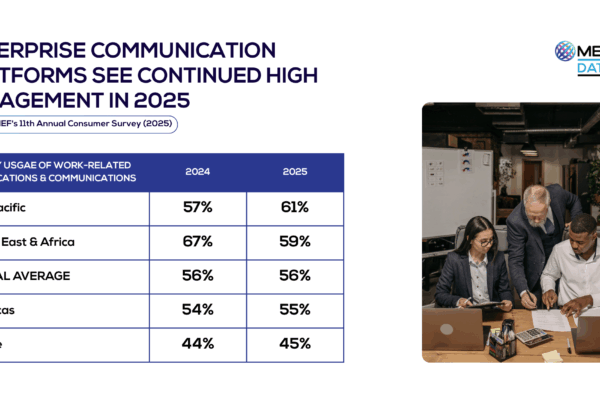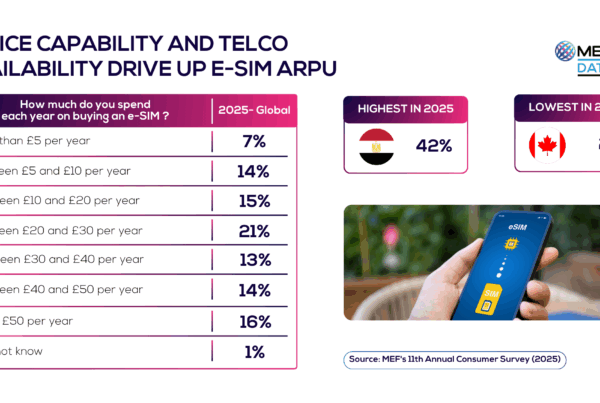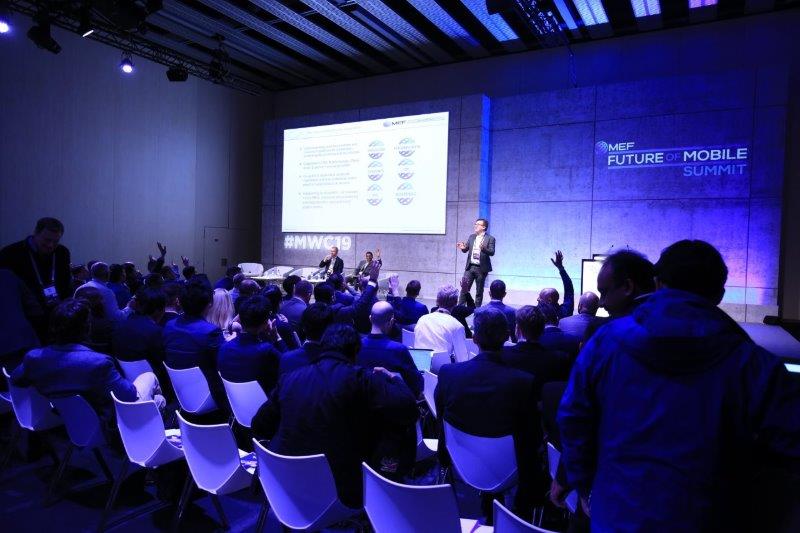Telecom prices in Italy have dropped 30% over the past decade, benefiting consumers but straining operators. As revenues fall and infrastructure costs rise, the industry’s ability to fund 5G and fiber rollouts is under pressure. MEF CEO Dario Betti discusses how the sector can sustain investment while prices keep falling.
Telecom bills are falling fast—at least for now. According to the latest AGCOM 2025 annual survey, telecom services in Italy are now 30% cheaper than they were a decade ago. France has seen a similar trend, with prices down 26.1% over the same period. Across the European Union (EU27), the average decline is -9.7%. For consumers, this sounds like a win: connectivity and digital services have never been more affordable.

But beneath the surface, this good news reveals a looming challenge for the industry. As the value of telecom services—when adjusted for inflation—has effectively been halved, operators are left grappling with a critical question: How can they fund the ongoing modernization of networks and services when revenues are shrinking? The need for investment in 5G, fiber, and next-generation infrastructure is greater than ever, yet the price users pay for these services continues to fall.
The AGCOM survey’s international benchmark underscores this paradox: Italy leads Europe in telecom affordability, but the sustainability of this model is now in question. As the industry looks to the future, finding a balance between affordable services for users and the financial health needed to support ongoing modernization will be crucial.
The industry needs to look at new levers to compete with the consumers: services, bundling, customer experience. Price competition alone will lead to underinvestment and some part of the world risk harming their digital infrastructure.”
Not All Utilities Are Equal: Telecom Lags Behind Energy, Water, and Waste
The situation is even more striking in Italy when compared to other utilities—such as energy, water, and waste—which have all outperformed communications in terms of price trends. While utility prices have risen, reflecting broader inflationary pressures, telecom remains a rare deflationary sector. This dynamic benefits consumers in the short term but puts increasing pressure on operators’ ability to invest and innovate.
Utilities such as gas and power have experienced dramatic price hikes.
In Italy, over the past four years, gas prices soared by 76.0%, and power prices jumped by 64.5%. Water and waste services also saw increases of 19.0% and 7.3%, respectively. Even urban transport and trains, while more stable, still posted modest increases. By contrast, the price index for communications services fell by 10.9% in the same period.
According to AGCOM’s data, while the general price index in Italy has risen by 18.1% over the last four years, the price index for communications services (including postal services, fixed and mobile telephony, pay TV, and related items) has decreased by 10.9%. The AGCOM summary price index (ISA), which tracks a basket of ten communication-related items, dropped by 6.6% over four years and 3.0% year-on-year. In contrast, regulated services at the local and national levels increased by 9.7% and 3.4%, respectively.
Telco Capex: Steady but Challenged Growth
Over the past decade, global telecom capital expenditure (capex) has remained substantial, reflecting the industry’s ongoing need to modernize networks, roll out 5G, and expand fiber infrastructure. From 2015 to 2022, global telecom capex consistently exceeded $300 billion per year*, peaking at $329.5 billion* in the 12 months ending June 2022 (MTN Consulting). This surge was driven by the global 5G rollout, fiber expansion, and a catch-up after COVID-19 delays.
Despite these investments, revenue growth has lagged. Global telecom service revenues reached $1.14 trillion* in 2023 and are projected to rise only modestly to $1.3 trillion* by 2028, with a compound annual growth rate (CAGR) of just 2.9%—below the rate of inflation (PwC Global Telecom Outlook 2024-2028). Average revenue per user (ARPU) has also declined in many mature markets, further squeezing margins.
Capex Peaks and Recent Declines
After the 2022 peak, 2024 saw a sharp reversal, with global telecom capex declining by 8–10% year-over-year as operators scaled back investments amid revenue stagnation and economic uncertainty. The Dell’Oro Group projects a further decline at a CAGR of 2% through 2027, with capital intensity (capex as a percentage of revenue) expected to drop from 16% to around 14% by 2027. Not all countries are the same, China alone, telco capex reached $58.3 billion in 2022, up 12% from the previous year, highlighting regional differences in investment cycles.
The Deflationary Paradox
Despite these massive investments—often exceeding $300 billion globally per year—the value of telecom services for consumers has declined, especially in mature markets. Prices for telecom services have dropped or stagnated, while the cost of maintaining and upgrading networks continues to rise. This “deflationary problem” is unique among utilities and is a central challenge for the industry’s future sustainability.
Yet, the sector’s deflationary problem—falling prices alongside rising investment needs—raises important questions about the long-term sustainability of this model and the need for policies that support continued innovation and infrastructure development.
The industry needs to look at new levers to compete with the consumers: services, bundling, customer experience. Price competition alone will lead to underinvestment and some part of the world risk harming their digital infrastructure.





